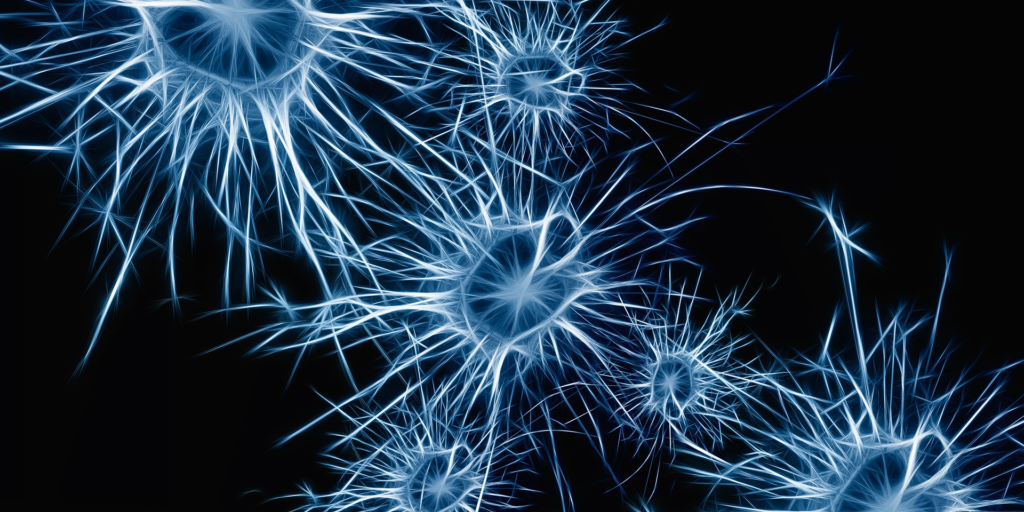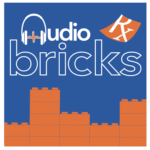Brain Energy Metabolism


For the most part, the brain relies on glucose as its main energy source. In fact, we say the brain preferentially uses glucose. In times of low glucose levels such as fasting or starvation, the brain can use ketones, lactate, and amino acids (worth noting: the brain does not use fatty acids to generate energy).
Circulating glucose molecules are recruited into neurons via GLUT transporters (specifically GLUT3 on neuronal cell membranes). Neuronal hexokinase phosphorylates the glucose to form glucose-6-phosphate. This phosphorylation prevents the glucose molecules from leaving the cell. The inward glucose gradient is maintained, and the molecule is committed to an energy-producing pathway.
Glucose-6-phosphate can be processed via a handful of pathways in the brain, including glycolysis, the pentose phosphate pathway, and glycogenesis. The first two of these pathways occur in the neurons. Glycogenesis only happens in the brain astrocytes.
After listening to this AudioBrick, you should be able to:
- List and briefly describe the major pathways for energy metabolism in the brain, and explain the role of astrocytes in these pathways.
- Describe the role of glycogen in brain metabolism and the regulation of this process.
- Explain the mechanism and function of the lactate shuttle.
- Describe how metabolism is altered in pathological conditions (including hypoxia, ischemia, hypoglycemia, and depression).
You can also check out the original brick on Brain Energy Metabolism from our Neurology and Special Senses collection, which is available for free.
Learn more about Rx Bricks by signing up for a free USMLE-Rx account: www.usmle-rx.com
You will get 5 days of full access to our Rx360+ program, including nearly 800 Rx Bricks. After the 5-day period, you will still be able to access over 150 free bricks, including the entire collections for General Microbiology and Cellular and Molecular Biology.
***
If you enjoyed this episode, we’d love for you to leave a review on Apple Podcasts. It helps with our visibility, and the more med students (or future med students) listen to the podcast, the more we can provide to the future physicians of the world.
Follow USMLE-Rx at:
Facebook: www.facebook.com/usmlerx
Blog: www.firstaidteam.com
Twitter: https://twitter.com/firstaidteam
Instagram: https://www.instagram.com/firstaidteam/
YouTube: www.youtube.com/USMLERX
Learn how you can access over 150 of our bricks for FREE: https://usmlerx.wpengine.com/free-bricks/
from our Musculoskeletal, Skin, and Connective Tissue collection, which is available for free.
Learn more about Rx Bricks by signing up for a free USMLE-Rx account: www.usmle-rx.com
You will get 5 days of full access to our Rx360+ program, including nearly 800 Rx Bricks. After the 5-day period, you will still be able to access over 150 free bricks, including the entire collections for General Microbiology and Cellular and Molecular Biology.
